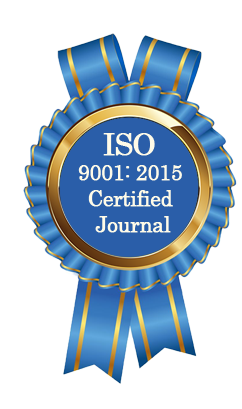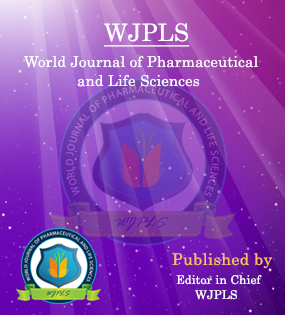Abstract
ORAL HEALTH STATUS IN HEMODIALYSIS PATIENTS IN BAQUBAH TEACHING HOSPITAL
Qays Jaafar Khalaf*, Shukr Mahmood Yaseen and Hadi Mohammed Abbas
ABSTRACT
Background: Renal Failure involves an irreversible loss of renal function. This result in increased Blood Urea Nitrogen (BUN) levels which may lead to high concentration of salivary urea nitrogen (SUN) levels. The oral cavity may show a variety of changes as the body progresses through an azotemia to a uremic state. The doctor should be able to recognize these oral changes as a part of the patients’ systemic disease and not as an isolated occurrence. Objectives: The purpose of the study was to evaluate the oral findings of uremic patients receiving hemodialysis and to compare the results between diabetic and non-diabetic groups. Patients and methods: The study was carried out in Ibn sina dialysis center in Buquba teaching hospital performed on 80 patient randomly taking, 43 male and 37 female. The patients were divided into diabetic and non-diabetic group, then objective and subjective oral manifestation were studied. This study conducted at 25\9 \2016 to 20\3 \2017. Results: There are numbers of oral manifestation in patients with ESRD and some statistic difference between dm and non dm ESRD that showed increased in n= 26/ 80 patient found of Diabetes mellitus, and 54/80, It does not contain Diabetes mellitus and showed increased in male Dm compared with females Dm. Conclusions: Oral cavity reflects the systemic health status of an individual. Thus oral physicians must be aware of these signs and symptoms manifested in the oral cavity that can suggest the renal disease.
[Full Text Article] [Download Certificate]WJPLS CITATION 
| All | Since 2019 | |
| Citation | 422 | 322 |
| h-index | 9 | 7 |
| i10-index | 4 | 2 |
INDEXING
NEWS & UPDATION
BEST ARTICLE AWARDS
World Journal of Pharmaceutical and life sciences is giving Best Article Award in every Issue for Best Article and Issue Certificate of Appreciation to the Authors to promote research activity of scholar.
Best Article of current issue
Download Article : Click here





